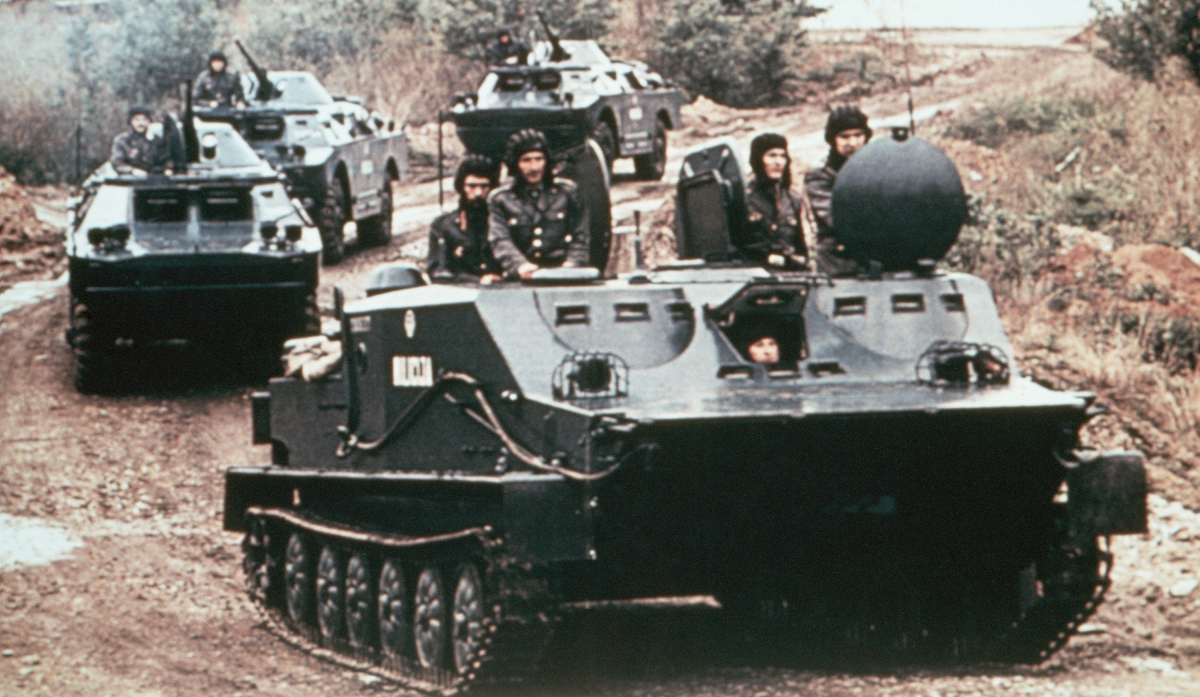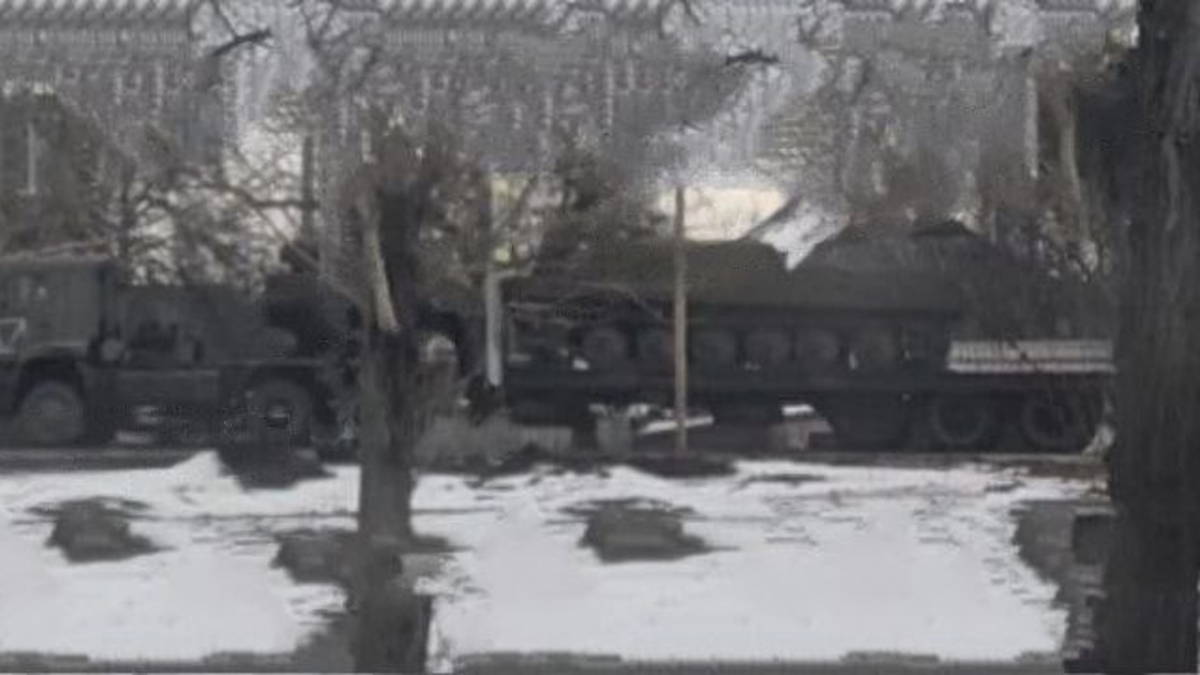Two images circulating on social networks confirm that the Russian Armed Forces have moved antediluvian BTR-50s to Ukraine. Their arrival is not yet explained, as these armored vehicles represent many challenges and few advantages over other retired but much newer vehicles.
Lots of stocks
It is known that Russia has a very large number of military vehicles stored on its territory: main battle tanks, trucks, artillery piece,... all retired following the commissioning of newer equipment. Thus, in case of war, these materials could be reactivated to support the Russian forces without being too outdated (in general, a generation behind, so used in support and not in the front line).
The BTR-50 in Ukraine
However, this February 23, two images are circulating on social networks: tank carriers are transporting several armored personnel carriers (APC) BTR-50 in Ukraine (tweet attached). Their arrival is very surprising because these armored vehicles were produced between 1954 and 1970, that is, an age varying between 53 and 69 years!"
They are lightly armored (mass of just over 14 tons), have amphibious capability, can carry about twenty men. They can be equipped with a light (unprotected) machine gun for defensive purposes.
Lack of amphibious capability?
It is possible that the Russians no longer have enough armored personnel carriers with amphibious capability. Still, the BMP-1 (direct successor) and BMP-2 (successor to the BMP-1) are much newer, have much more firepower
A logistical problem in the making
The arrival of such old vehicles also poses a logistical problem for the Russian Armed Forces deployed in Ukraine; of course, many parts are available in the stockpile by cannibalizing other BTR-50s. However, this requires specific logistics that would be more effective in supporting newer vehicles.
The two images in this tweet in no way contain potentially sensitive content. They are simply two tank carriers each carrying 1 BTR-50.
And many questions
Their arrival also raises many questions: is this an admission of a lack of armored transports? Is the number of BTR-50s deployed low ? Are the stocks short of BMP-1/2 or BTR? What is the real value of Russian stocks? Are the more recent and stocked vehicles unusable?
What if this were the case in the United States?
The arrival in operation of the BTR-50 could be compared to the US Army's reactivation of the M59 armored personnel carriers (in service in 1954) or the first versions of the M113 (in service in 1960). For the French Army, this could be compared to the reactivation of the AMX-VCI armored personnel carriers (chassis of the AMX-13 light tank)! These vehicles had been replaced in the French Army by the AMX-10P, themselves replaced by the current VBCI.


Découvrez cet article sur Air&Cosmos

